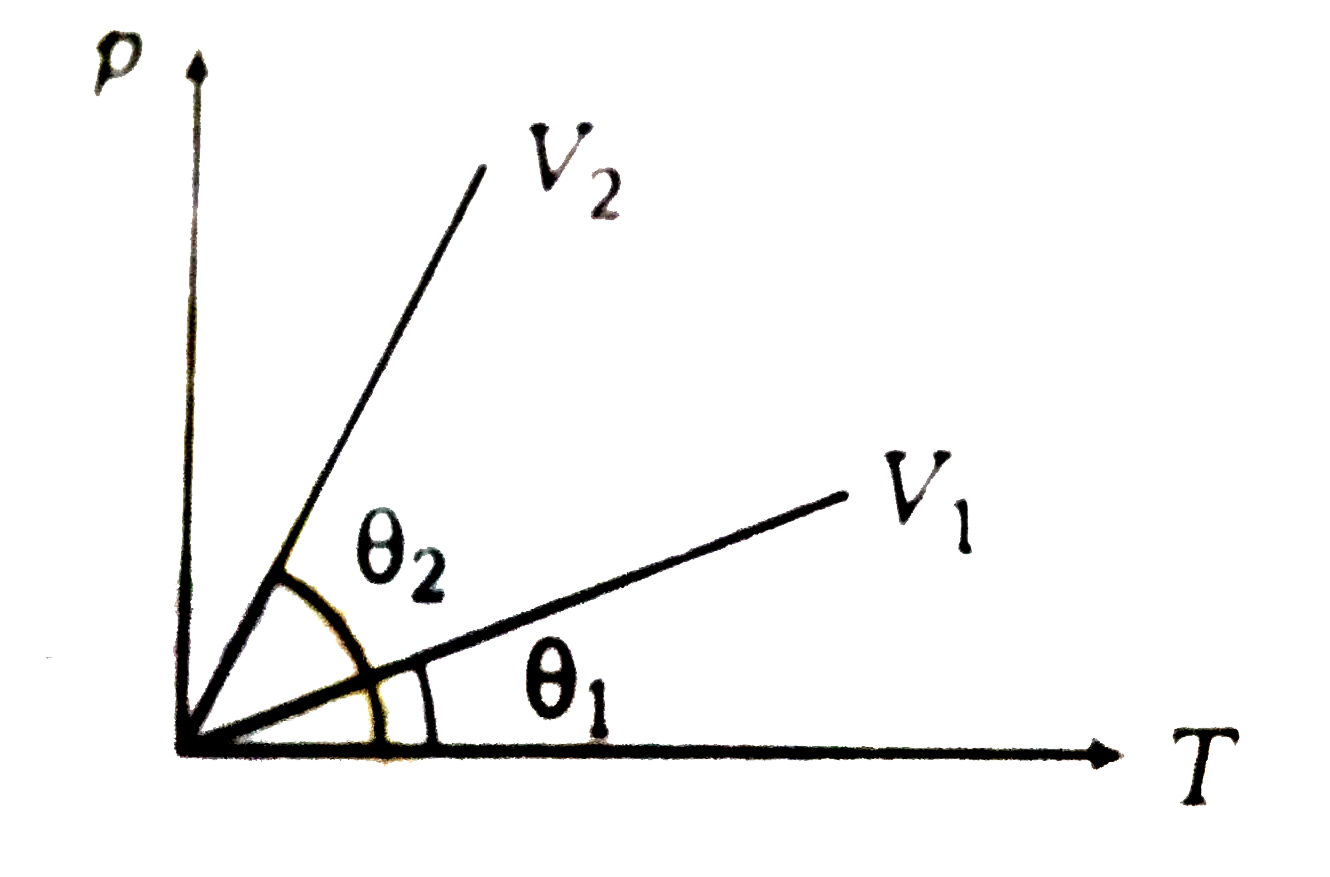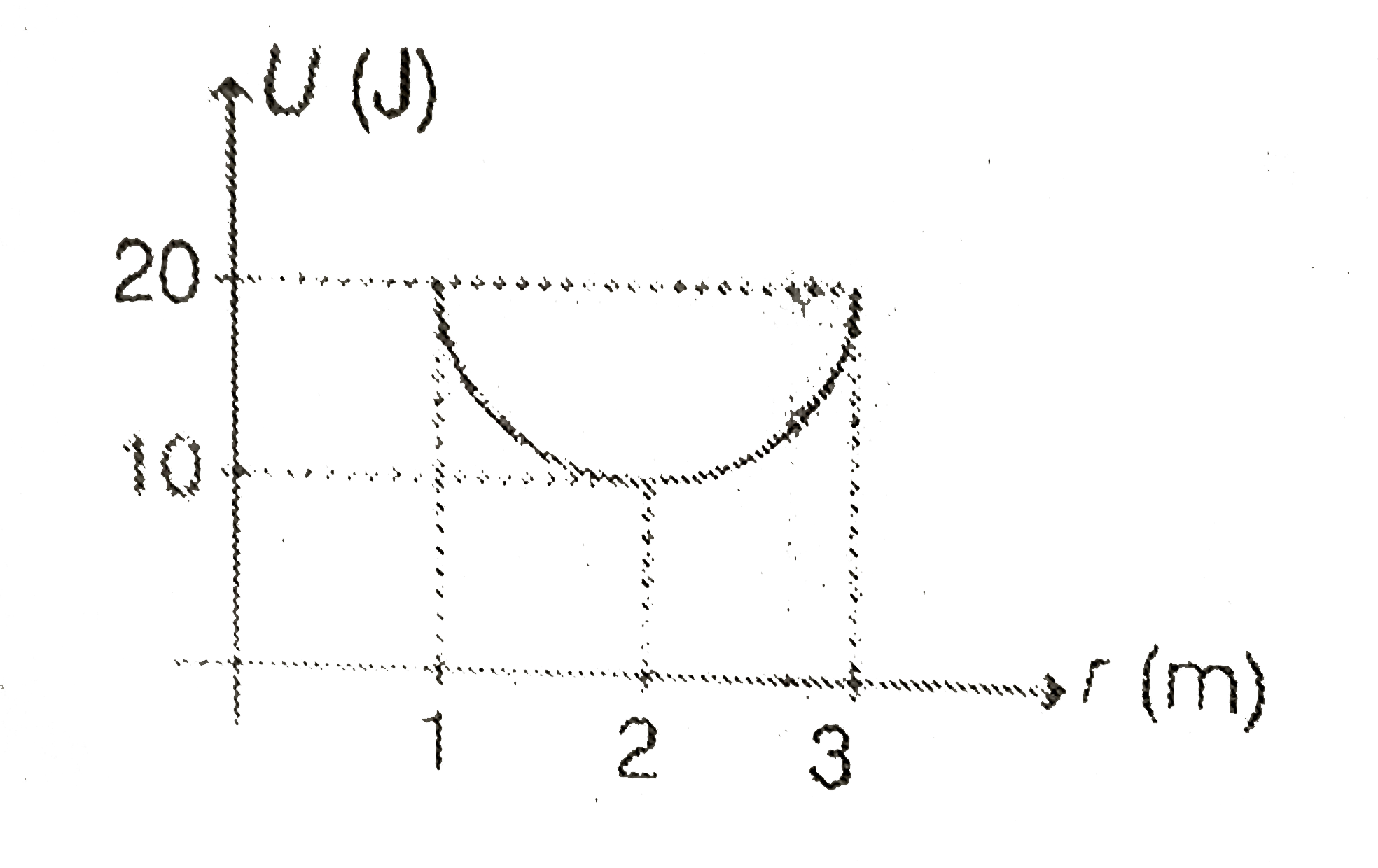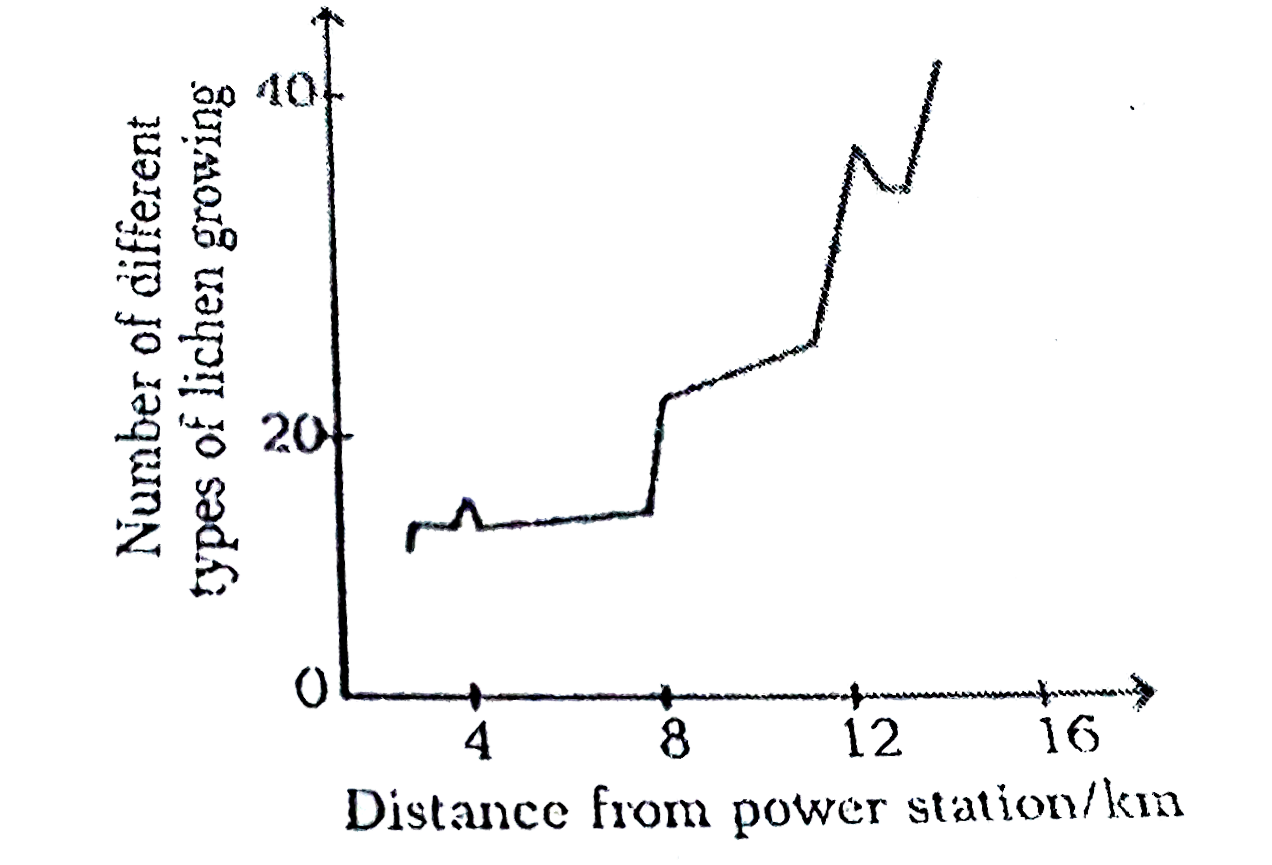The genotype for the height of an organism is Tt. What conclusion may be drawn from this?
The allele for height has at least two different genes.
There are at least two different alleles for the gene for height.
There are two different genes for height, each having a single allele.
There is one allele for height with two different forms.
The correct Answer is:B
To analyze the genotype Tt for the height of an organism, we can follow these steps:
1. Understanding Genotype: The genotype refers to the genetic makeup of an organism, specifically the alleles it possesses for a particular trait. In this case, the genotype is Tt.
2. Identifying Alleles: The genotype Tt consists of two alleles: a dominant allele (T) and a recessive allele (t). The capital letter (T) represents the dominant trait, while the lowercase letter (t) represents the recessive trait.
3. Dominance and Phenotype: Since T is dominant, the phenotype (observable characteristic) of the organism will express the dominant trait associated with T. In this context, if T represents tall height, the organism will be tall.
4. Heterozygous Condition: The genotype Tt indicates a heterozygous condition, meaning the organism has two different alleles for the height trait. This is in contrast to a homozygous condition, where both alleles would be the same (TT or tt).
5. Conclusion: From the genotype Tt, we can conclude that the organism will exhibit the dominant phenotype (tall) due to the presence of the dominant allele T. Additionally, it indicates that there are at least two different alleles for the gene controlling height.
Final Conclusion:
The conclusion drawn from the genotype Tt is that the organism will be tall due to the presence of the dominant allele T, and it also indicates that there are at least two different alleles for the gene for height.
---
The conclusion drawn from the genotype Tt is that the organism will be tall due to the presence of the dominant allele T, and it also indicates that there are at least two different alleles for the gene for height.
Topper's Solved these Questions
Similar Questions
Knowledge Check
De broglie hypothesis is a conclusion drawn from
Aphotoelectric effectBconvertiblity of mass into energyCsymmetery of matter and energyDcompton effectFrom the p-T graph want conclusion can be drawn?
 AV2=V1BV2<V1CV2>V1DNone of these
AV2=V1BV2<V1CV2>V1DNone of theseU.r graph of a particle performing SHM is as shown in figure. What conclusion cannot be drawn from the graph?
 AMean position of the particle is at r=2mBPotential energy of the particle at mean position is 10 JCAmplitude of oscillation is 1mDNone of the above.
AMean position of the particle is at r=2mBPotential energy of the particle at mean position is 10 JCAmplitude of oscillation is 1mDNone of the above.
Lichens are organisms, which are very sensitive to air pollution. The graph shows how the distance from a coal-fired power station affects the number of different types of growing lichen.

What conclusion can be drawn from this information?
View SolutionThe table below shows the data on likely heights of boys and girls as they grow in age. Draw graphs of height and age for both boys and girls on the same graph paper. What conclusions can be drawn from these graphs?

View SolutionWhile studying the properties of cathode rays in a discharge tube a student placed mica wheel moundted on an axle in the path of the rays .What would happen to the wheel? What conclusions can be drawn from it?
View SolutionState the expression for the total energy of a particle performing linear SHM. What conclusions can be drawn from the expression for the total energy ?
View SolutionA cell with two electrodes, one of grey tin and the other of white tin, both dipping in solution of (NH4)2 SnCl6 showed zero e.m.f. at 18 °C. What conclusion may be drawn from this?
View Solution